AI can one day replace teachers. China has used algorithms to create tutoring lessons and monitor student progress to detect when students aren't paying attention. Using facial recognition technology, some high schools in China have used cameras to scan students' faces for facial expression, as well as recording actions of students like reading, listening, raising hands, or leaning on a desk. The technology has been used to impose consequences, enforce expectations, make less mistakes, and impose any type of rule that would make the most effective teachers.
As a first-year special education high school teacher, I take that implication very abrasively, and almost offensively. It's not only like the livelihood of teachers would be under threat, like automation replacing manufacturing jobs, but AI in the classroom completely neglects the role of human relationships, and the role we teachers have with our students that technology simply can't replicate.
Was AI there when our students had problems at home? Was AI there when our students overcame their fears of reading out loud in class? Was AI there when the lightbulb went off in their heads and the content finally clicked for our kids? Was AI there when simply showing up to school for our kids was a challenge, when they had an hour-long commute, after walking their younger sibling to elementary school?
The answer is no. AI will never react with the same human emotion and empathy that we teachers exhibit on a daily basis. I have sat through professional development cultures where my principal and peers have extolled the value of relationships and classroom culture in the classroom as the most important thing to getting students to learn and want to learn. A teacher can model information, and mirror neurons in the brain respond when we witness someone performing an action, and humans learn the best when observing and practicing with their human teachers. The traditional "I do, we do, you do" gradual release model is something that can only be effective with respect and connection, not robots.
But I have sat through the same sessions that have preached the value of data-driven instruction (DDI), an educational approach that relies on data and information to inform teaching and learning. Our students' test scores are the data. As much as we teachers might want to change the test, the truth is the system is the system, and that's going to take a long time to reform. Racial bias has been built into standardized tests like the SAT or simply IQ tests. Having the data, however, allows teachers to be more responsive to student needs and gives students the initiative to be responsible for their own learning, and express what they need more than what a teacher can simply detect.
Psychologist Tony Rousmaniere has attested to the power of big data as a therapist in helping him reach patients. Seventy percent of clients reported whitewashing feedback to therapists, often pretending to find therapy effective. Rousmaniere described one patient, June, who told him that "the skills you're teaching me are good," and he took her word for it. But when he checked her survey questions on an iPad, he saw that her symptoms hadn't improved: they only got worse. The next session, he said "I'm glad to hear the skills are helpful," but continued to ask "how are you doing?" June admitted that she was getting worse. Rousmaniere would never have known without the technology that showed him that.
The same can be done for teaching. Data is here to stay, and Dr. Judy Willis has used it to shown that rote memorization doesn't work and only helps retain information in the short term. What works is using novelty, concentrating on meaning, and recognizing patterns, and using a student's previous knowledge. As someone who has taught English, I know that so many students express themselves in writing than speaking aloud in class. What better avenue to give them voice in the classroom than allowing them to give feedback and thoughts on lessons, allowing the teacher to make individualized adjustments to his/her students and classroom?
"The point is that humans and technology must work together, humans in control and the technology providing what it is programmed to provide," wrote Andrew Arnold of Forbes. "The idea that technology will replace the need for creative thinking, problem-solving, leadership, teamwork and initiative is rather silly right now."
The truth is though that technology and AI help supplement our instruction as teachers instead of hampering with it. I can attest firsthand to the saving grace of a powerpoint instead of having to demonstrate your own lesson with posters. It is extremely helpful in not only saving time, but providing more visual learners with the means of playing to their strengths.
"For what AI lacks in empathic abilities, it certainly makes up for in its pure computing power, simplicity of interface, and information storage capabilities," writes Keith Lambert, contributing editor of Education World.
For Lambert and many teachers, this means that technology and AI make great teaching assistants to make tedious tasks like grading and correcting grammar and punctuation much more accessible. Humans are, after all human, and robots don't get tired when students make mistakes or have behavioral issues, when teachers inevitably do. Japan and South Korea have used human robots as learning tools in their classrooms. For problems and practice that requires repetition, robots and AI can be extremely helpful.
Teachers are right to be skeptical of robots and their intrusion into the classroom. After all, it's difficult to trust something that isn't even human, and it's alright to be reluctant to utilize them when there is no established curriculum for how to utilize robots in the classroom. And if robots are created by humans with natural bias, then robots have bias literally engrained into their programming and functioning. As a teacher in Baltimore City, I'm not very encouraged by robots working for Japan and South Korea because biased instruction is maximized for homogenous populations, and the kids in my school district are not homogenous.
That being said, teachers and schools should be open to pairing robots as teaching assistants to human teachers. Robots can monitor more of.the menial work, collect assignments, and facilitate things like bathroom passes and assist in testing. AI and technology will make our jobs more convenient, easier, and maximize time to assist students. "AI might soon be a teachers's new best friend," Lambert ends.
So AI can never replace teachers. But it sure can help revolutionize and maximize instruction and relationships.

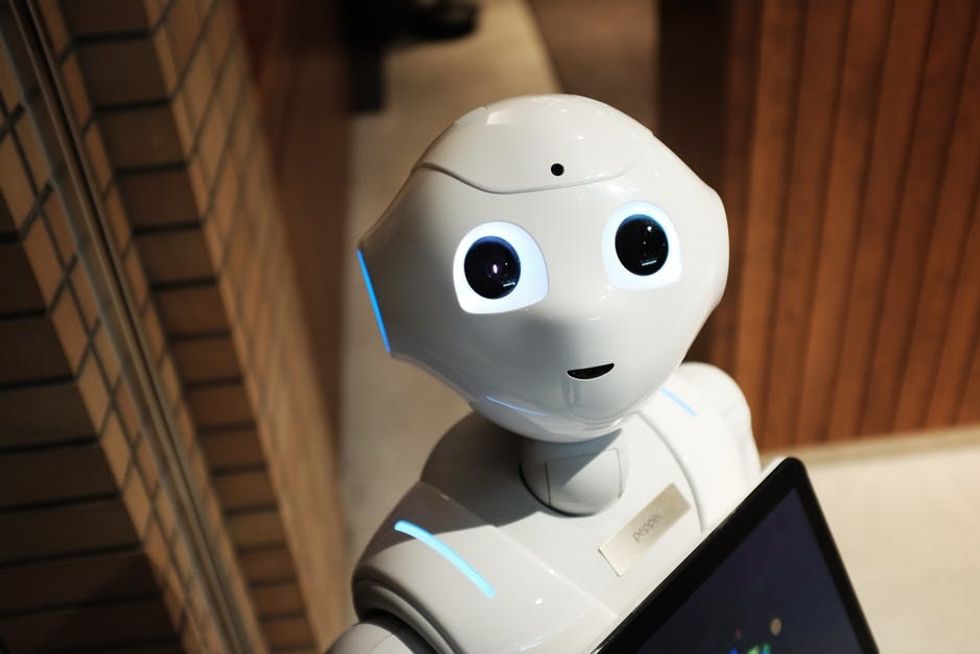



 people sitting on chair in front of computer
people sitting on chair in front of computer



 all stars lol GIF by Lifetime
all stars lol GIF by Lifetime two women talking while looking at laptop computerPhoto by
two women talking while looking at laptop computerPhoto by  shallow focus photography of two boys doing wacky facesPhoto by
shallow focus photography of two boys doing wacky facesPhoto by  happy birthday balloons with happy birthday textPhoto by
happy birthday balloons with happy birthday textPhoto by  itty-bitty living space." | The Genie shows Aladdin how… | Flickr
itty-bitty living space." | The Genie shows Aladdin how… | Flickr shallow focus photography of dog and catPhoto by
shallow focus photography of dog and catPhoto by  yellow Volkswagen van on roadPhoto by
yellow Volkswagen van on roadPhoto by  orange i have a crush on you neon light signagePhoto by
orange i have a crush on you neon light signagePhoto by  5 Tattoos Artist That Will Make You Want A Tattoo
5 Tattoos Artist That Will Make You Want A Tattoo woman biting pencil while sitting on chair in front of computer during daytimePhoto by
woman biting pencil while sitting on chair in front of computer during daytimePhoto by  a scrabbled wooden block spelling the word prizePhoto by
a scrabbled wooden block spelling the word prizePhoto by 
 StableDiffusion
StableDiffusion
 StableDiffusion
StableDiffusion
 StableDiffusion
StableDiffusion

 women sitting on rock near body of waterPhoto by
women sitting on rock near body of waterPhoto by 
 Photo by
Photo by  Photo by
Photo by 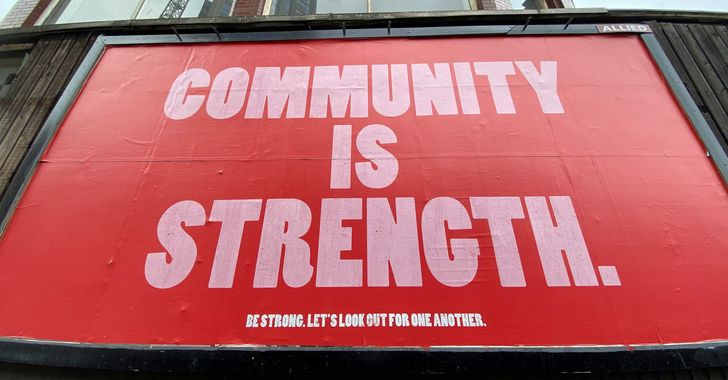 Photo by
Photo by  Photo by
Photo by 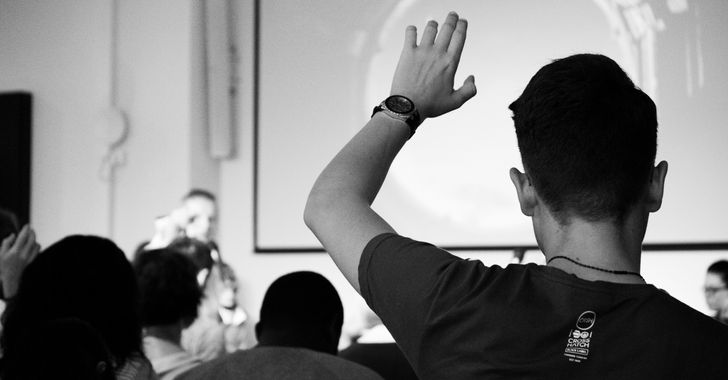 Photo by
Photo by  Photo by
Photo by 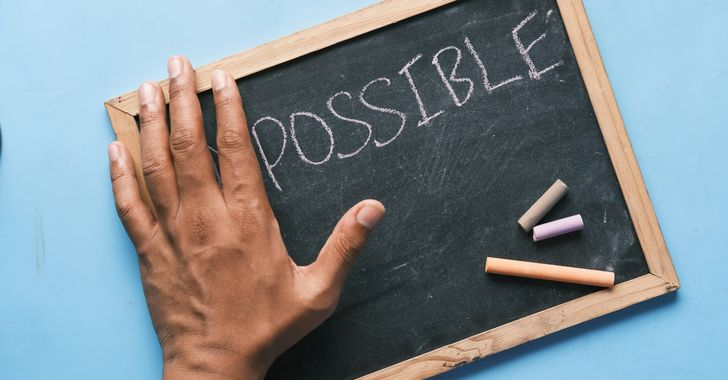 Photo by
Photo by 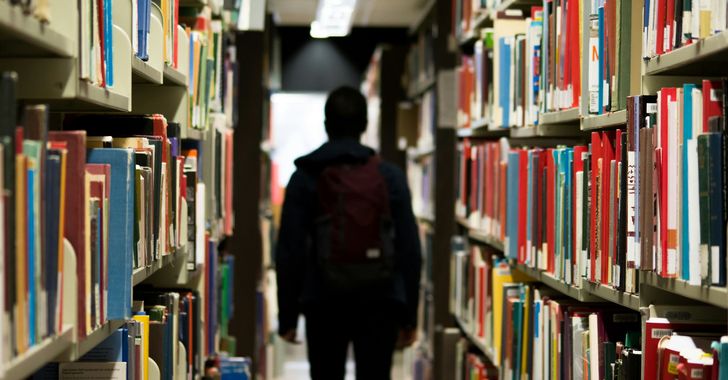 Photo by
Photo by  Photo by
Photo by 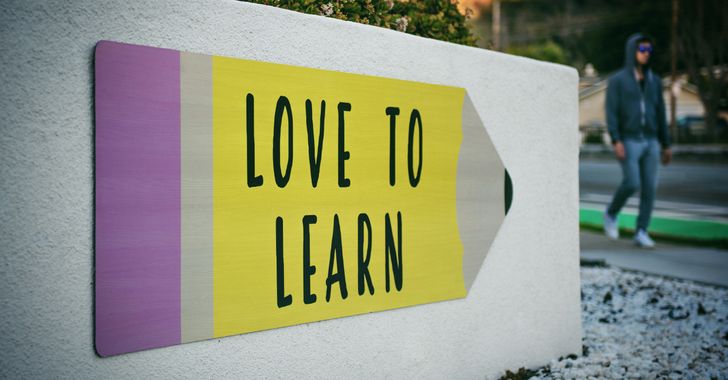 Photo by
Photo by 



